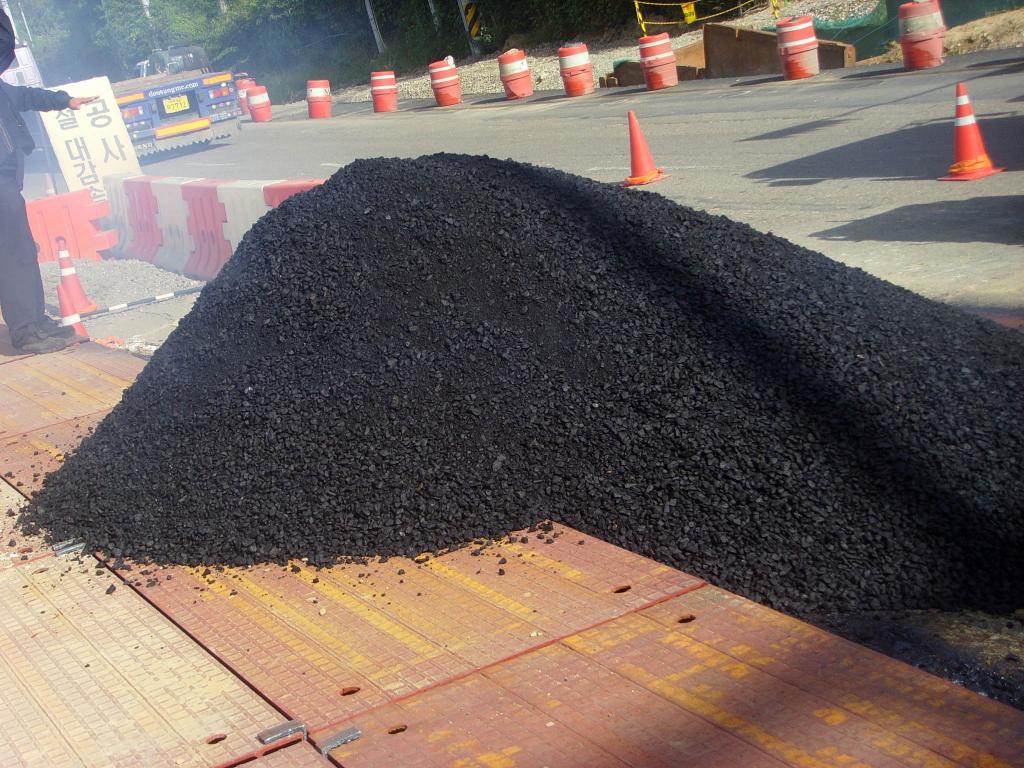Asphalt is a multicomponent mixture, for the production of which sand and stone are used. To acquire astringent properties, bituminous components are added to the substance. Correctly call this composition asphalt. However, even in specialized publications use the term "asphalt", which is not a mistake.
First paved roads
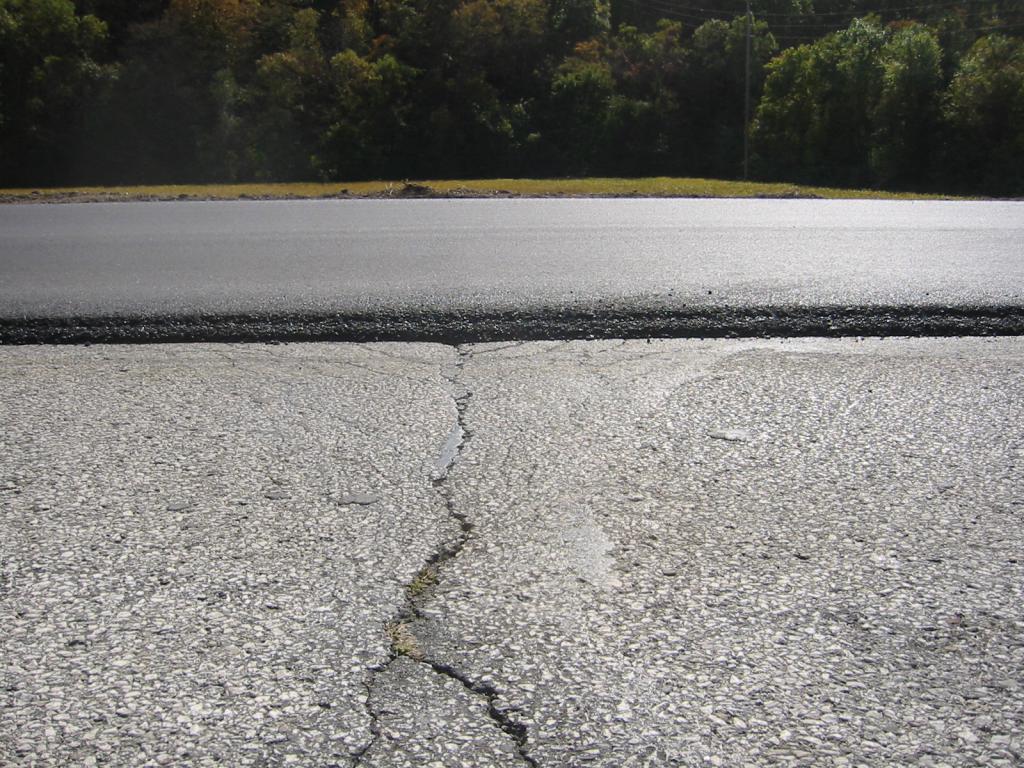
For the first time, asphalt pavements were used in Babylon (around 600 BC). Bitumen to create a hard coating was extracted from rocks. After the ancient civilization was destroyed, the construction of the road using bitumen materials was resumed only in the 19th century in Western Europe. Then the technology was actively used in the United States. In this case, the asphalt coating consisted of bitumen-containing rocks, crushed to a powder state. This coating is called “tamped asphalt.”
The appearance of asphalt in Russia
In our country, asphalt began to be manufactured in 1869 from Syzran asphalt rocks. Unlike foreign tamped asphalt, in the Russian Empire the road surface was made from a molten mixture, which contains gravel and sand, bitumen and asphalt rock. Ready asphalt was dumped onto the ground and leveled using a hand tool. Further, the road was crushed by a massive load. This technology is referred to by experts as "paved asphalt." Since 1906, oil bitumen was added to it.
At the beginning of the 20th century, scientists came up with special asphalt mixtures, which gradually began to displace tamped and cast coatings. The main advantages of the new items consisted in the fact that the preparation of the coating, its application and compaction was carried out in a completely mechanical mode without the use of manual labor. In the USSR, the first stretch of asphalt concrete road appeared on Volokolamsk Highway in 1928 thanks to the efforts of Professor P.V. Sakharov.
Advantages of asphalt concrete
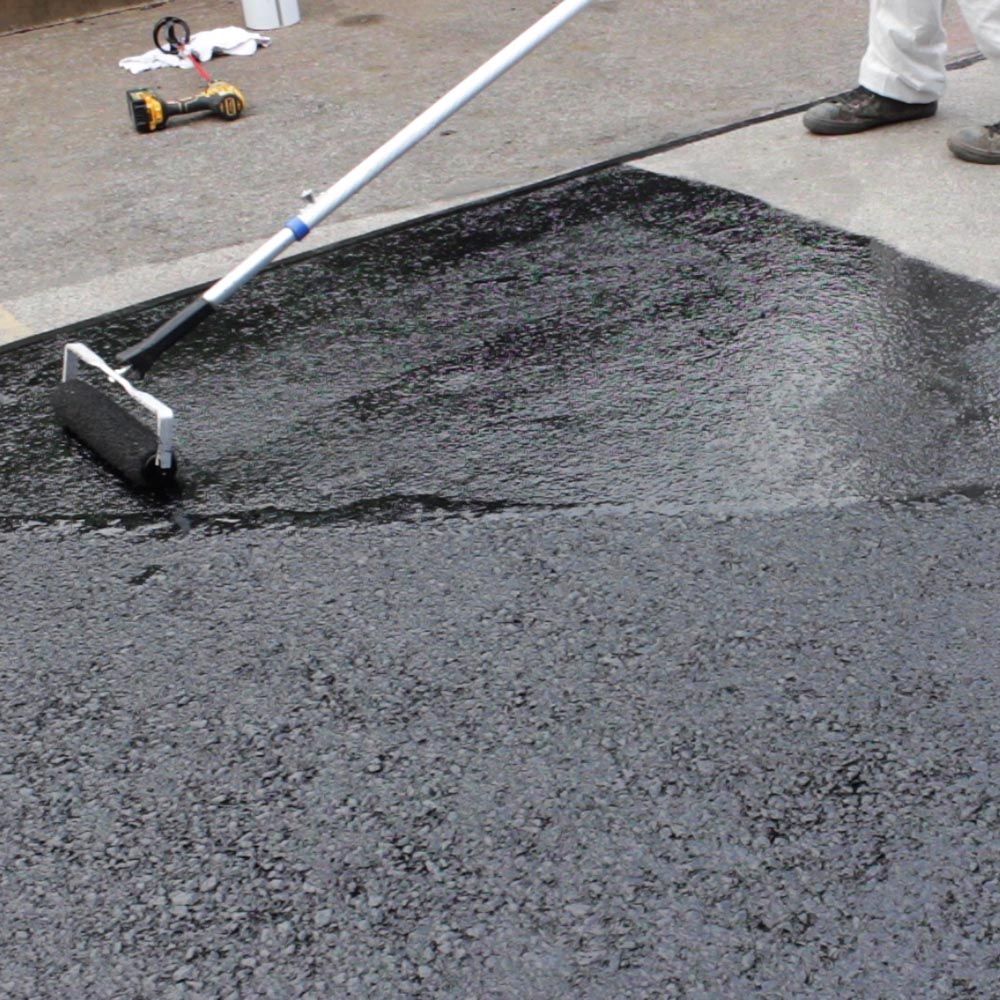
Nowadays, of the total length of roads in Russia, more than 60 percent are made of asphalt concrete pavement. Such popularity of the material for arranging the road is due to its following advantages:
- Slow wear.
- High load resistance.
- Resistance to changes in temperature and water.
- Easy disassembly and cleaning.
- The ability to use the material again.
- Reduced vibration during traffic on the road.
The operation of asphalt concrete pavement is to reduce the vibration that is created as a result of the movement of heavy motor vehicles. Such a roadway allows to reduce noise from the wheels, and also contributes to a smooth and calm movement of the flow of cars.
The construction of roads from asphalt concrete pavement can be carried out by the flow-speed method using an integrated mechanized process.
Asphalt concrete is laid on the road with a slope of not more than 60 percent. At slopes greater than 40 percent, the coating is roughened to provide sufficient traction on the tires of the vehicle. The transverse slope of the asphalt should be in the range of 15-20 percent.
Use of tar mix
It is much less common for the construction of asphalt concrete pavement to use tar mixtures, in the composition of which coal tar is added for viscosity. The coating of this type in appearance almost does not differ from classical asphalt concrete.The tar mixture is more wear-resistant, it is faster destroyed by temperature extremes and water. In addition, it quickly erases under the influence of rubber tires of vehicles.
Degree concrete is forbidden to use in cities, since the evaporation of light tar fractions is harmful to humans. In addition, under the influence of water, phenols are soaked from such asphalt, which are harmful to humans and the environment.
Asphalt composition
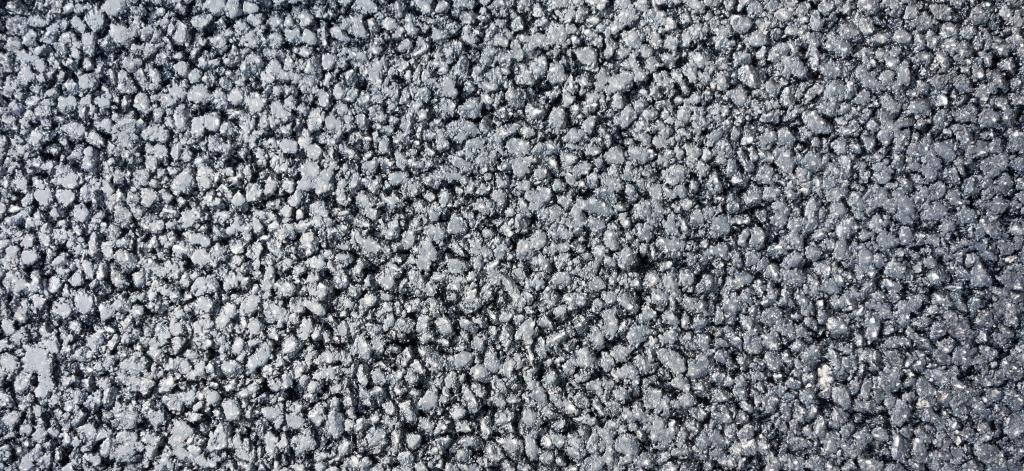
Many are interested in a device for coating from asphalt mix. The main components of the upper layer of the road are bitumen, sand, varieties of gravel and gravel. Fillers and mineral components are also added to some varieties to give the mixture increased strength.
Sand in the composition of the asphalt concrete coating plays the role of a filler, which is necessary for uniform pressure of the mixture on the ground during laying and solidification. Without sand, the road would have spread and gravel crawled out. In some special compositions, cement is added, which together with the sand gives the coating additional hardness.
As a mineral filler in the construction of asphalt concrete coatings, crushed rock before dust formation is used, for example, limestone, chalk or sandstone. It is designed to fill small voids during road laying. Sandstone is the most versatile because it is inert to any chemical. Chalk and lime are used, as a rule, on public roads. Sandstone is added during the construction of roads near chemical plants.
Rubber crumb is added to the asphalt with a size of not more than 1.5 mm in diameter to give the coating elasticity and resistance to water. Asphalt concrete pavement with sufficient addition of rubber in its composition is rarely prone to cracking. However, such material is excessively expensive, so its use is often irrational. Usually rubber filler is added during the construction of high-speed lines.
Classification
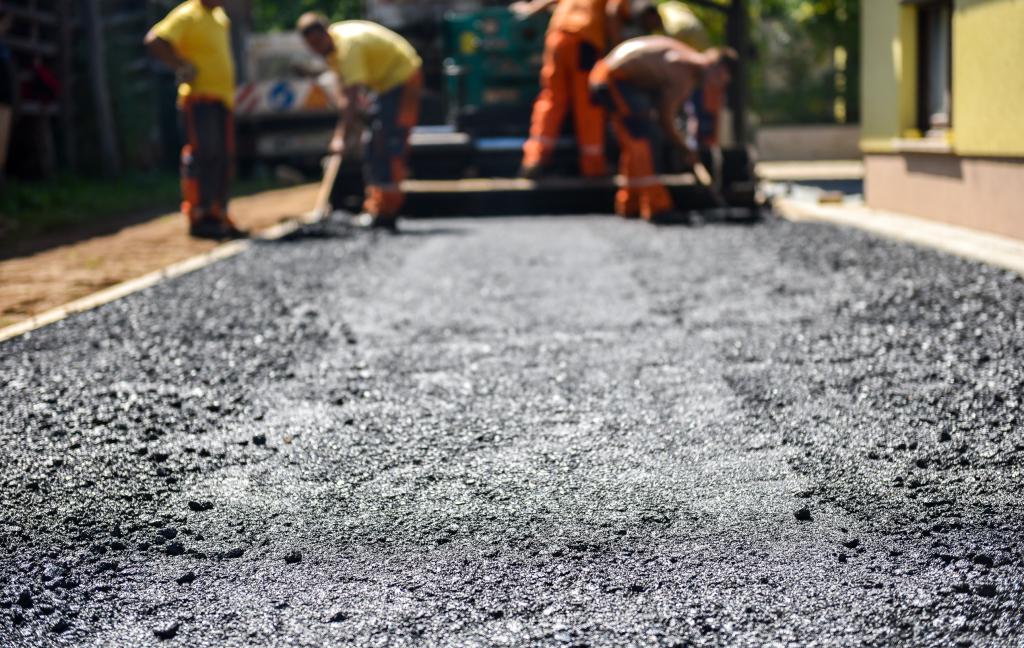
One of the main parameters in the device of asphalt concrete pavement is the size of crushed stone used in its composition. Based on this, the mixture is divided into several groups:
- Dense mixes. They are used during the laying of the top layer of asphalt concrete pavement. Such asphalt contains fine gravel. During the construction of highways designed for the movement of light vehicles (bicycles and strollers), as well as for pedestrians, crushed stone with a diameter of not more than 5 mm can be used. Larger fractions (up to 15 mm) can be stacked on roads for the movement of only passenger vehicles.
- Porous mixtures - this is the best option for the device of asphalt concrete pavement, where freight vehicles will move. As a rule, it is used during initial laying on the ground or gravel. The composition of the asphalt differs from the dense one in that a small amount of bitumen is added to it.
- Highly porous mixtures are the best option for laying and repairing asphalt concrete pavement on high-traffic routes, especially if heavy bulky vehicles drive on roads. To produce this kind of asphalt, coarse gravel (up to 40 mm) is added to the mixture. Such dimensions allow for good water permeability. This property is especially relevant in places where it is necessary to build drainage, for example, in marshy areas or in lowlands.
Asphalt manufacturing
The technology of asphalt concrete coatings consists in the preparation of raw materials, their mixing and simultaneous heating to high temperature, as well as the storage of the resulting asphalt in a special heated bunker.
During repair or construction of the road, it is important that the plant is located as close as possible to the installation site, since the building material must be hot.If the asphalt cools down, it will be difficult to compact it, and the resulting road will quickly become worthless.
Component Preparation
Before starting the production of asphalt, the prepared material is dried and sieved. Sand, rocks and crushed stone goes to production most often in a wet state. The presence of water in the composition threatens to reduce the strength characteristics of future asphalt, as well as by spraying the bitumen mixture heated to a high temperature when moisture enters it.
All materials supplied to the plant are dried at a temperature of 150 degrees. Screening is carried out using a screen. The mineral filler is ground in a grinder to a powder state. Depending on the technology, the drying can be single or double. Re-disposal of moisture may occur after screening and crushing.
Mixing processed components
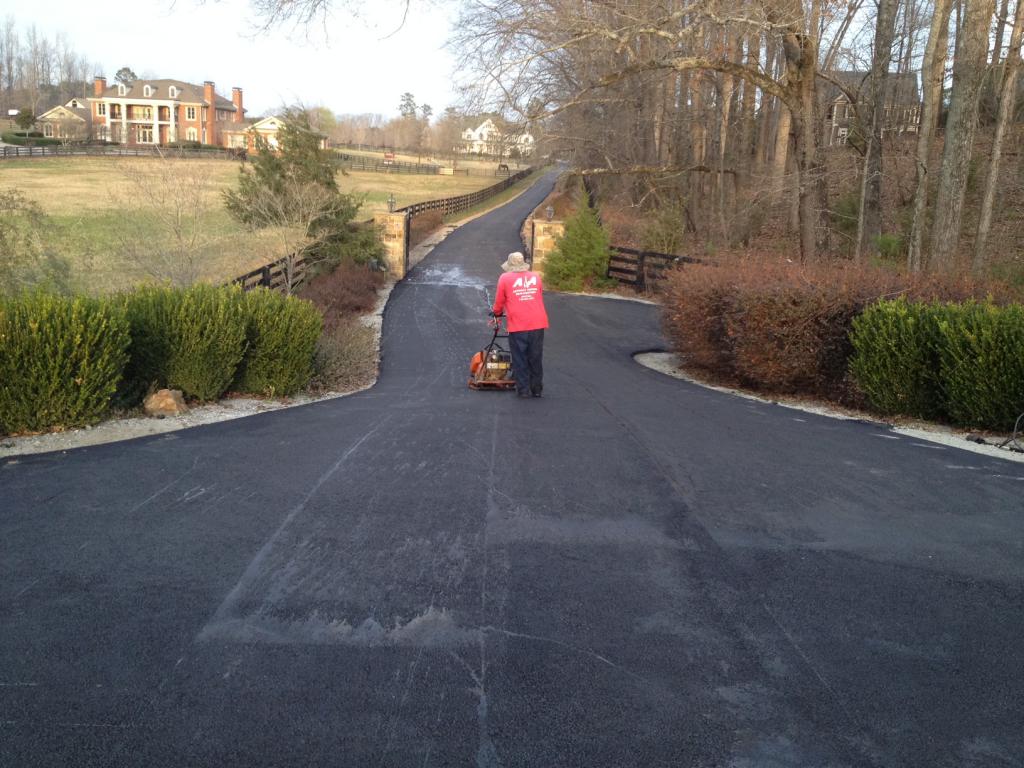
Crushed stone and sand after preliminary processing fall on the conveyor, from where they are transported to the hopper, and then mixed with bitumen. After that, the temperature in the hopper is increased to 160 degrees and the contents are left in the heated state for storage for up to 4 days. If during this period the material is not shipped to the consumer, he will begin to lose his strength characteristics.
Additives in asphalt and crumb rubber are added to the finished and heated mixture, which gives the material additional strength and resistance to external factors.
Asphalt delivery to the place of laying
Asphalt concrete is transported by road to the place of installation or repair of asphalt concrete pavement. Most often, this building material is transported on dump trucks having a body resistant to hot components. For transportation of asphalt concrete pavement over long distances, kochers are used (cars equipped with heat-saving containers). In them, asphalt will retain its initial temperature for two days after loading.
Road Quality Check
Asphalt concrete must comply with the established GOSTs and SNiPs adopted in our country. A certificate of compliance with regulatory documents is issued to the manufacturer only after passing comprehensive tests.
There are several laboratories in Russia that monitor the quality of roads. They conduct sampling of the finished asphalt concrete pavement and check it for compliance with various parameters.
In studies, an averaged sample is taken from the total mass of asphalt concrete. Analysis of the already constructed road is carried out by examining the core (the so-called asphalt core). It is obtained by drilling the base of an asphalt concrete pavement using a special hollow drill.
Cold asphalt application
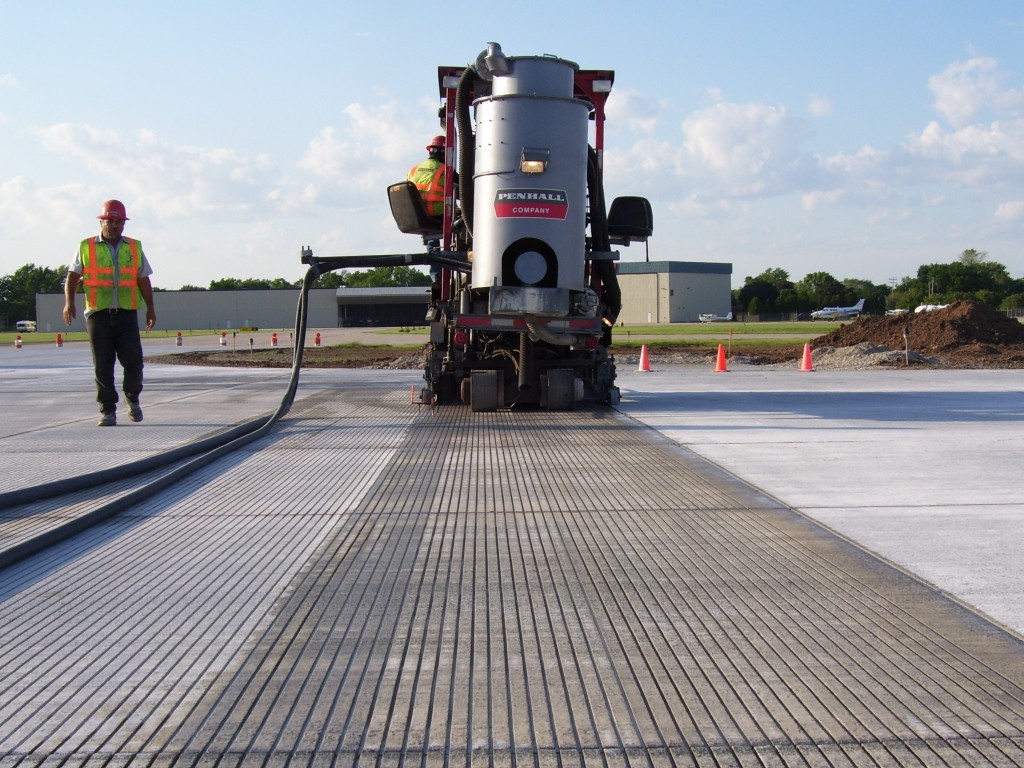
In those places where the delivery of hot building materials for repair or construction of the track is impossible, cold laying of asphalt concrete pavement is used. The technology of such road construction is characterized by lower operating temperatures for heating the mixture (asphalt is heated to 100 degrees). To give the road sufficient strength, polymer compositions are used.
Before laying, the workers heat not only the asphalt concrete, but also the place of the planned laying. Depending on the variety, the road can be done even with frost.
One of the advantages of cold laying is the long shelf life of the material for road construction. Unlike ordinary asphalt concrete, frost-resistant asphalt can be laid after a few weeks. However, this material has significant disadvantages, namely:
- Strength is less than 2 times, compared with the classic asphalt mixture.
- The material has a high price as a result of adding additional protective components to its composition.
- The laying technology is complicated, which leads to an increase in the cost of the pavement.
- Does not withstand heavy loads.It is forbidden to drive vehicles weighing over 3.5 tons.
A vibrating plate is used for ramming cold asphalt, and the final laying takes place after a time when during operation the cars will move along the finished road, thereby crushing the coating.
Reuse Asphalt
The high cost of road construction has led experts to find ways to save money. One way to reduce the cost of repair and construction of highways is recycling, that is, recycling of old asphalt for its reuse. The road surface takes on a second life after processing the material in special mobile recyclers.
How old asphalt is recycled
Processing asphalt to obtain a new mixture for the construction of roads is a high-tech process. To produce high-quality coating by recycling, you must:
- Cut off the old pavement using a remixer. Such equipment gently removes a given layer of the road with a special cutter.
- Grind the milled layer to the size of crushed stone. The resulting material is called a “granulator”. It is used to repair roads and prepare other building mixtures.
- Heat the furnace to melt the granulator, and you must not use open sources of fire, since an explosion may occur.
- Add bitumen and various additives to the furnace, if this is provided for by the technology for the production of new asphalt.
A technology such as recycling is used, as a rule, for the construction of roads in the city. Recycled asphalt has the same properties as the new one, but its price is much lower.
Road surface improvement
Road surfaces can be modernized over time. One of these methods is the application of mastic on asphalt. The reinforcing material includes bitumen and liquid rubber polymers.
During operation, cracks appear on the roads where water can get. When frozen, asphalt is destroyed, which leads to the formation of large pits. If you apply mastic in time to eliminate cracks, you can extend the service life of asphalt by several years.
Advantages and disadvantages of asphalt
Asphalt coating for traffic has been used for several decades. There is no replacement for him yet, and here's why:
- Asphalt pavement is not very expensive, especially if the road is designed for light transport.
- Asphalt withstands frosts, is not afraid of moisture and heavy rains, of course, if its laying technologies are followed.
- If the coating has partially collapsed, it can be repaired by patching.
- In harsh climates, cold asphalt technology can be used.
Alternatives to asphalt
In the world, scientists are working on creating a more reliable and cheap alternative to asphalt concrete mix, but so far no such material has been found to be a worthy competitor. In addition, asphalt pavement is constantly undergoing modernization. The widespread introduction of new polymeric substances can significantly improve the properties of the road surface, expand the limits of its application. This is confirmed by numerous laboratory tests.
Asphalt Concrete Construction
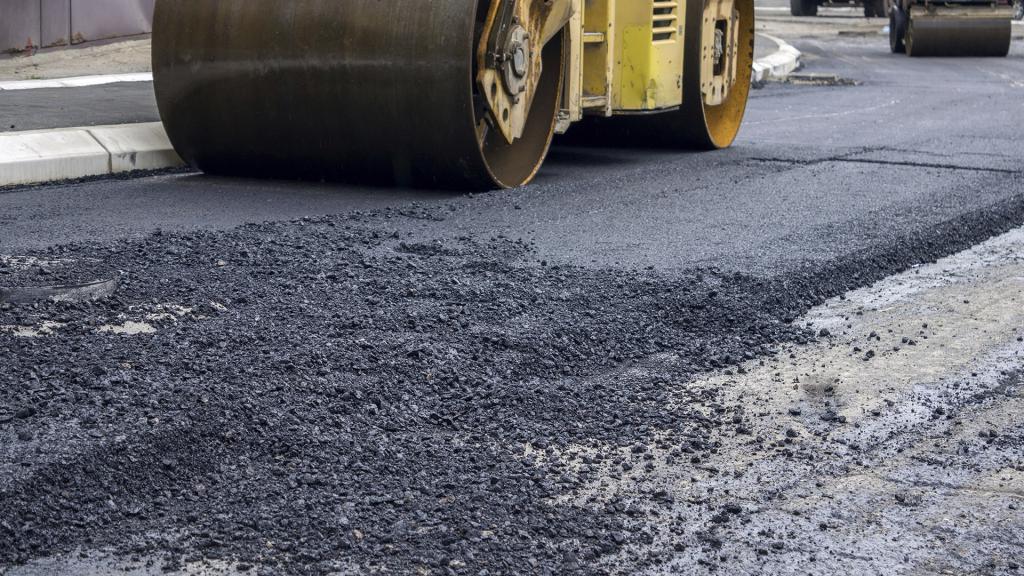
Specialists strive to construct and build roads in such a way that there are as few layers as possible on the roadway, up to one. Asphalt concrete should preferably be laid directly on the ground. The minimum number of layers reduces the repair time of the canvas, facilitates the organization of the construction of new roads, reduces the variety of equipment that is required for laying asphalt.
The modern design of asphalt concrete pavement consists of the following parts:
- Upper layer.
- The lower porous layer.
- Crushed stone mixed with binders.
- The base is made of gravel or rubble.
- Sand layer.
- Crushed asphalt.
During the construction of asphalt pavement, a number of conditions must be observed. For a strong bond between the top layer of asphalt and the base, a crack-resistant material is applied from materials treated with bitumen with a height of at least 15 cm. The thickness of the asphalt concrete coating that is laid on the base of mineral materials should be at least 5-6 cm.
